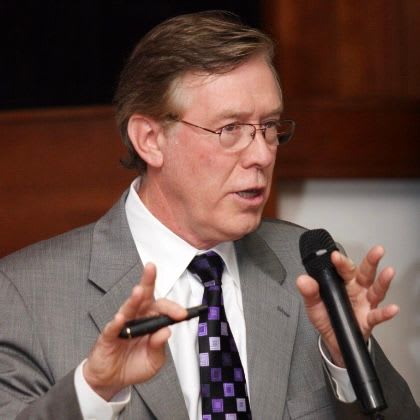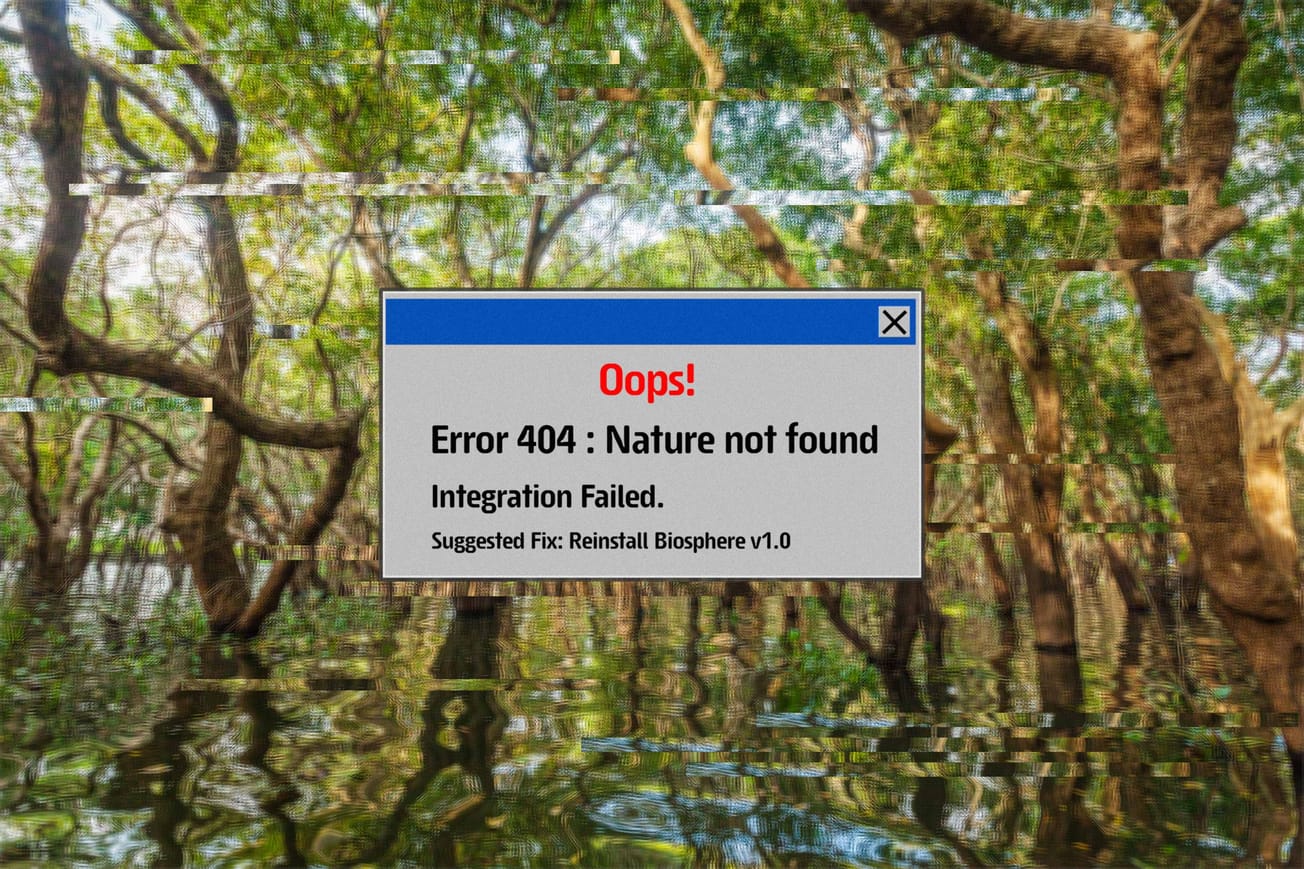Many nations and corporations have depended on forests and peat bogs to function as natural carbon sinks, aiding in their pursuit of carbon neutrality. However, recent studies reveal a troubling trend: many forests are increasingly emitting more greenhouse gases (GHGs) than they absorb.
Case Study: Finland’s Carbon Sink Decline
A recent analysis of GHG emissions in Finland highlights the emerging dilemma. Historically, Finland’s forests and peatlands have consistently removed more carbon from the atmosphere than they released. However, since around 2010, this absorption capacity has significantly diminished. From 2009 to 2022, Finland’s land carbon sink declined by approximately 90%, with further reductions in CO₂ uptake attributed to heightened emissions from soil and peat. By 2021, Finland’s land sector had transitioned into a net contributor to global warming.
Global Factors Undermining Forests as Carbon Sinks
Global warming and decreasing water availability are severely impairing forests' ability to sequester carbon worldwide. Elevated temperatures reduce photosynthetic efficiency, accelerate respiration and decomposition rates, and increase vulnerability to pests, diseases, and wildfires. Concurrently, water scarcity hampers growth, diminishes biomass accumulation, and elevates tree mortality rates, further weakening carbon storage capabilities. These combined stressors are driving forests from being net carbon absorbers to substantial carbon sources, thereby exacerbating global warming.
Mechanisms Driving the Shift from Carbon Sinks to Emitters
Global warming impairs forests' carbon storage primarily by diminishing photosynthetic efficiency. Each tree species has an optimal temperature range for photosynthesis. Surpassing these temperatures leads to decreased photosynthetic rates. Additionally, higher temperatures cause stomata (tiny leaf openings) to close, to conserve water, inadvertently limiting CO₂ uptake. This reduction in photosynthesis results in less atmospheric CO₂ being captured.
Global Implications of Forests Becoming Carbon Emitters
The shift from carbon sinks to emitters has profound implications not only for Finland but globally. Over a hundred nations rely on natural carbon sinks to achieve their climate targets. However, ecological degradation and climate warming are undermining these efforts, threatening to derail international climate strategies.
Amplifying Factors: Dying Trees and Increased Deadwood
In Finland, the number of dying trees has surged due to drought-induced stress. Specifically, in southeastern Finland, the incidence of dying trees increased by 788% between 2017 and 2023, and standing deadwood rose by an astonishing 900%. Finland exemplifies vulnerable forest ecosystems worldwide. Countries like France, Germany, the Czech Republic, Sweden, and Estonia have also experienced significant declines in their land carbon sinks.
Other Vulnerable Ecosystems Around the World
- Boreal Peatlands (Russia and Northern Europe): Drained for fuel and agriculture, these peatlands accelerate peat decomposition, releasing large amounts of stored GHG’s..
- Amazon Rainforest (South America): Surging deforestation rates, driven by agricultural expansion, illegal logging, and infrastructure projects, have caused parts of the Amazon to shift from being net carbon sinks to near-neutral and to net carbon emitters due to extensive deforestation and fires.
- Southeast Asian Peatlands (Indonesia and Malaysia): Drained and converted to palm oil plantations, vast peatland areas are degrading, releasing massive amounts of CO₂ and CH₄.
- Canadian Boreal Forests (Canada): Logging, mining, and increased wildfires have significantly impacted large portions of the Boreal region. In 2023 alone, fires released over 3 gigatons of CO₂, nearly 10% of the world’s total CO₂ emissions.
Economic and Political Challenges: The Finnish Example
In Finland, maintaining the status quo faces strong opposition from powerful interests. The Finnish Finance Ministry estimates that reducing forest harvesting by a third would decrease the GDP by 2.1% annually. Additionally, enhancing forest protection measures would cost the country hundreds of millions of euros, according to the Finnish Nature Panel. With the state owning 35% of forests and the remaining portion held by private owners, companies, municipalities, and various organizations, policy changes face significant hurdles. The current right-wing government, elected last year, has placed less emphasis on meeting climate targets, further complicating conservation efforts.
Mitigation Strategies to Preserve Forests as Carbon Sinks
To safeguard forests' crucial role in the global carbon cycle, comprehensive mitigation and adaptation strategies are essential. These strategies must address both climate change and water management to prevent forests from becoming net GHG emitters.
Key Strategies Include:
Protecting and Restoring Forest Ecosystems:
- Implementing conservation measures to prevent deforestation and degradation.
- Reforesting degraded areas to enhance carbon sequestration.
Enhancing Water Conservation:
- Developing sustainable water management practices to ensure adequate water availability for forest growth.
- Restoring wetlands and peatlands to maintain hydrological balance.
Reducing Greenhouse Gas Emissions:
- Curtailing emissions from soil and peat through better land management practices.
- Implementing policies to reduce overall GHG emissions from all sectors.
Fostering Biodiversity:
- Promoting diverse forest ecosystems to enhance resilience against pests, diseases, and climate stressors.
- Protecting native species to maintain ecosystem integrity and function.
Implementing Integrated Climate and Water Policies:
- Coordinating climate action with water resource management to address the interconnected challenges.
- Investing in research and monitoring to inform adaptive management strategies.
Conclusion
The reliance on forests and peat bogs as carbon sinks is increasingly precarious as these ecosystems transition into net carbon emitters under the pressures of climate warming and water scarcity. Finland's experience serves as a stark warning of the broader global implications, where over a hundred nations' climate strategies are jeopardized by similar ecological shifts. To preserve forests' vital role in the global carbon cycle, it is imperative to adopt comprehensive mitigation and adaptation strategies that address both climate change and water management. Protecting and restoring forest ecosystems, enhancing water conservation, reducing greenhouse gas emissions, and fostering biodiversity are crucial steps toward maintaining the carbon balance and ensuring the resilience of forests in the face of escalating environmental stressors.
References
- Finnish Nature Panel. Annual Report on Forest Carbon Sinks. Finnish Nature Panel
- Intergovernmental Panel on Climate Change (IPCC). Climate Change 2021: The Physical Science Basis. IPCC AR6
- Food and Agriculture Organization (FAO). The State of the World’s Forests 2020. FAO Forests Report
- Global Carbon Project. Global Carbon Budget 2022. Global Carbon Budget
- National Aeronautics and Space Administration (NASA). Deforestation and Fires in the Amazon. NASA Amazon
- Nature Climate Change Journal. Peatland Degradation and Carbon Emissions. Nature Climate Change
- World Wildlife Fund (WWF). Deforestation and Climate Change. WWF Deforestation
- Environmental Research Letters (ERL). Transition of Forests to Emitters. ERL Article
- Science Advances. Boreal Forests and Permafrost Thawing. Science Advances Article
- World Resources Institute (WRI). Tipping Points in the Carbon Cycle. WRI Tipping Points













